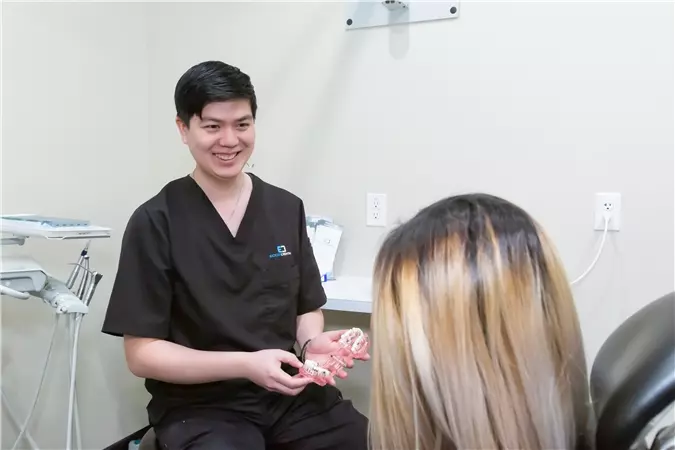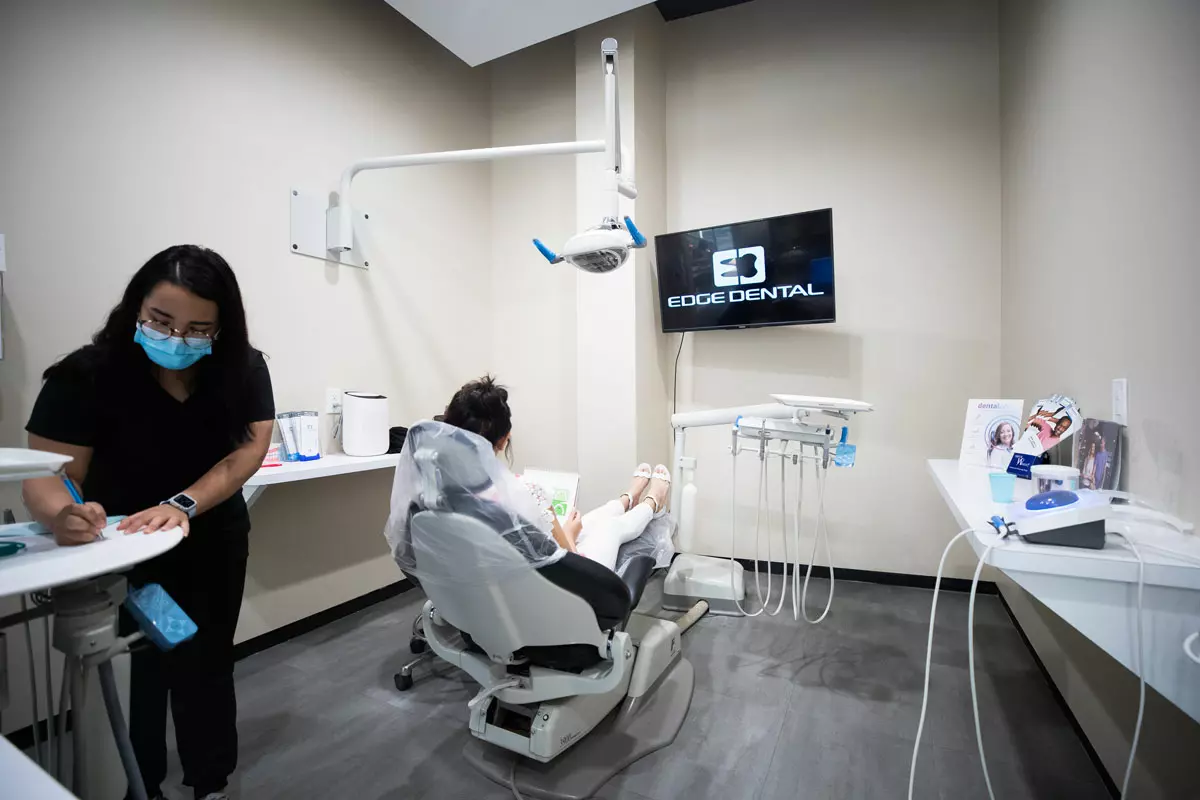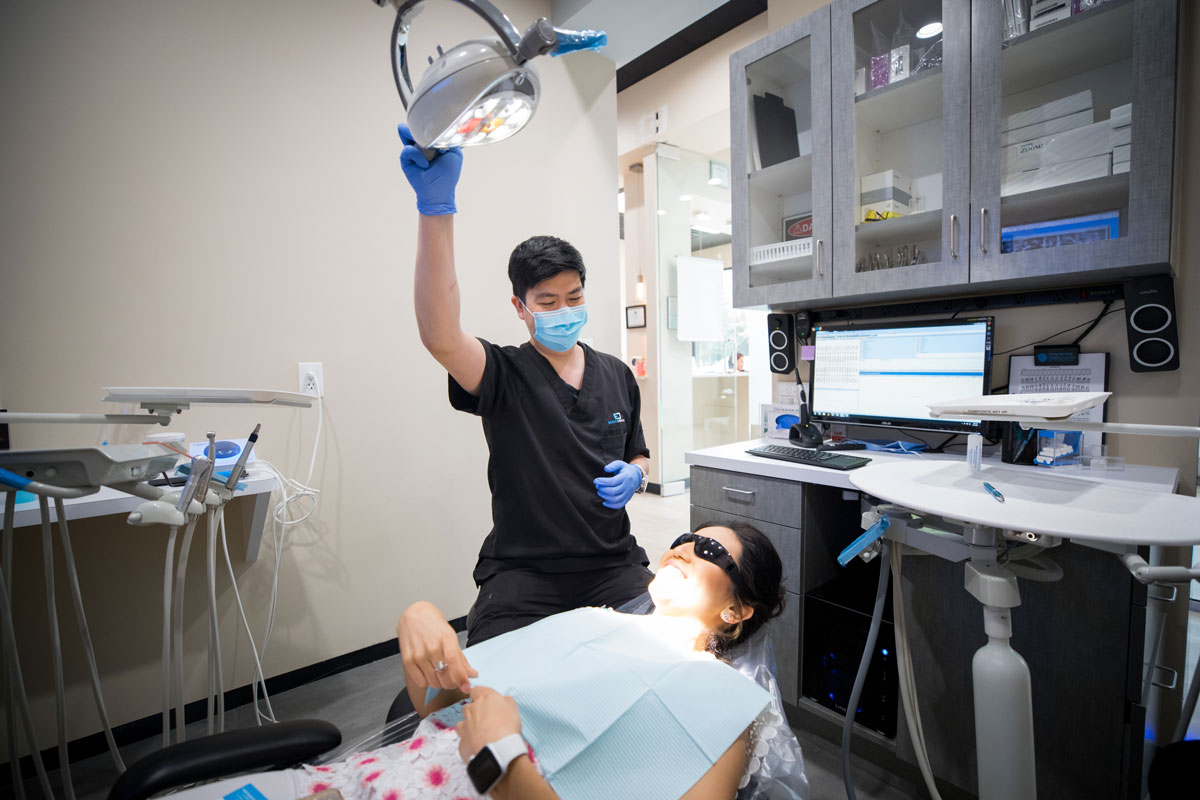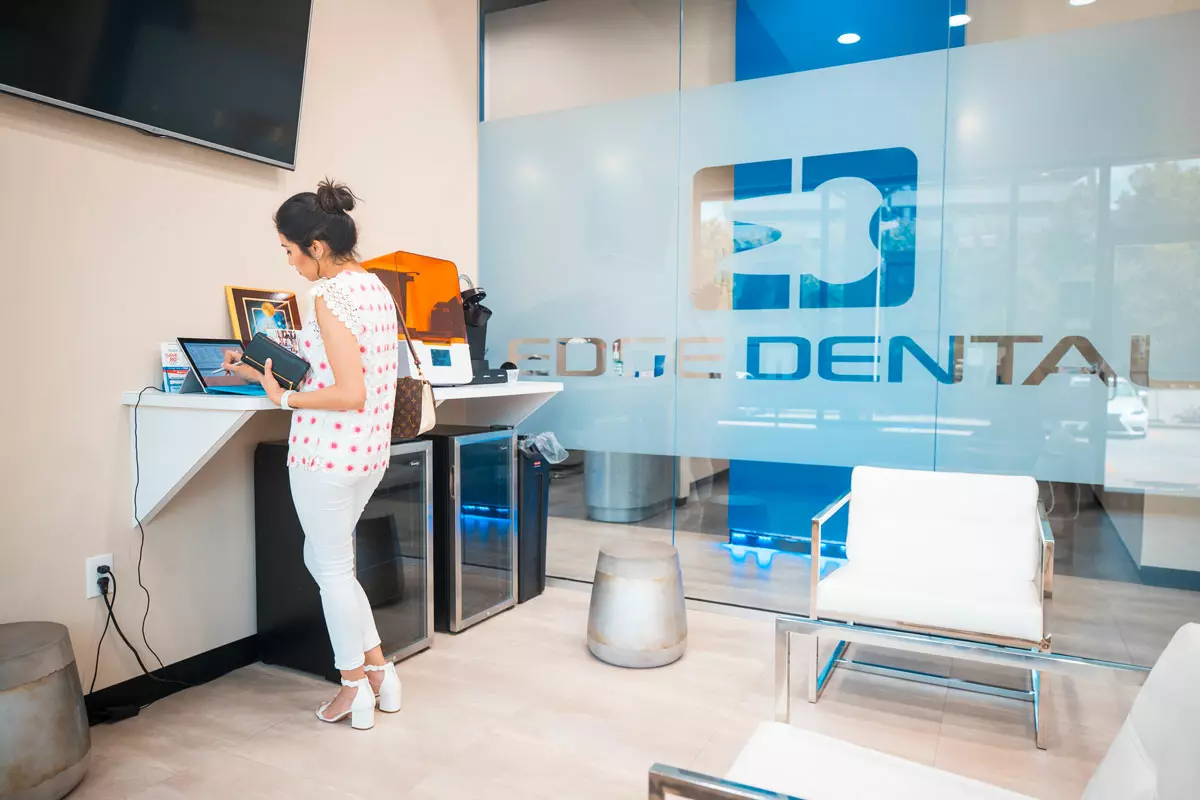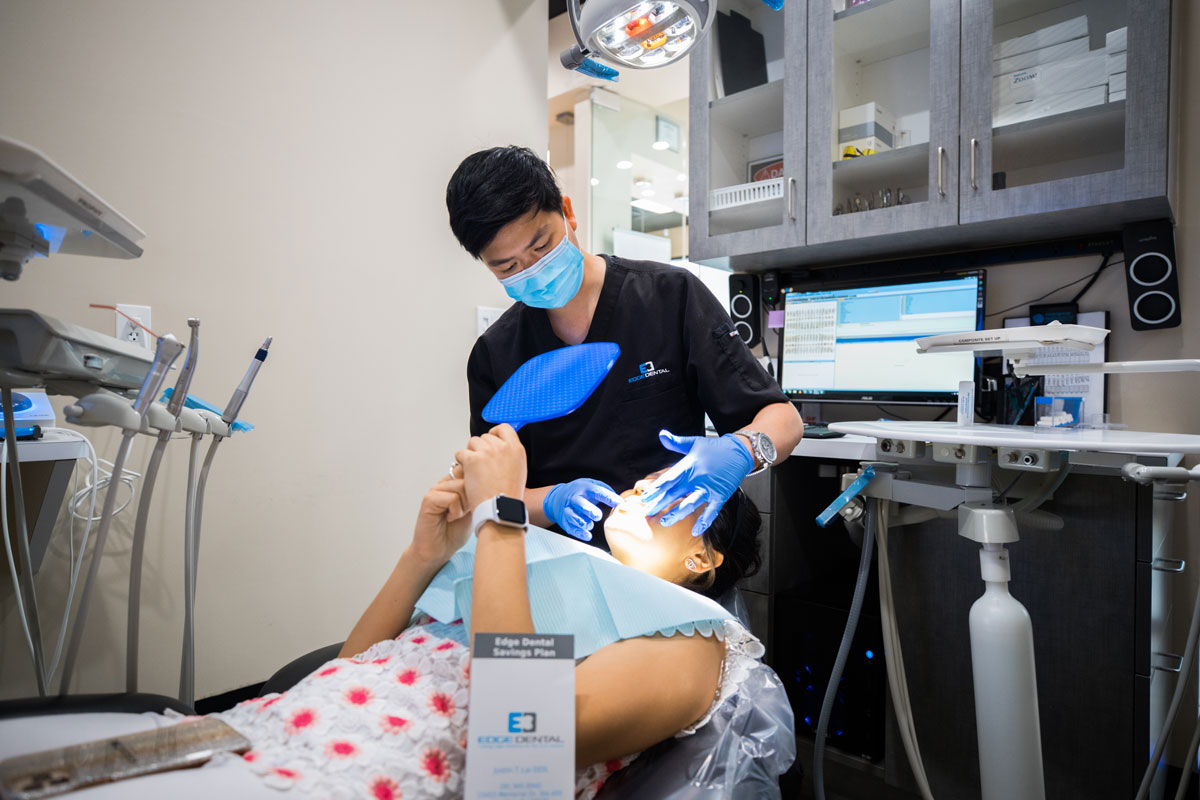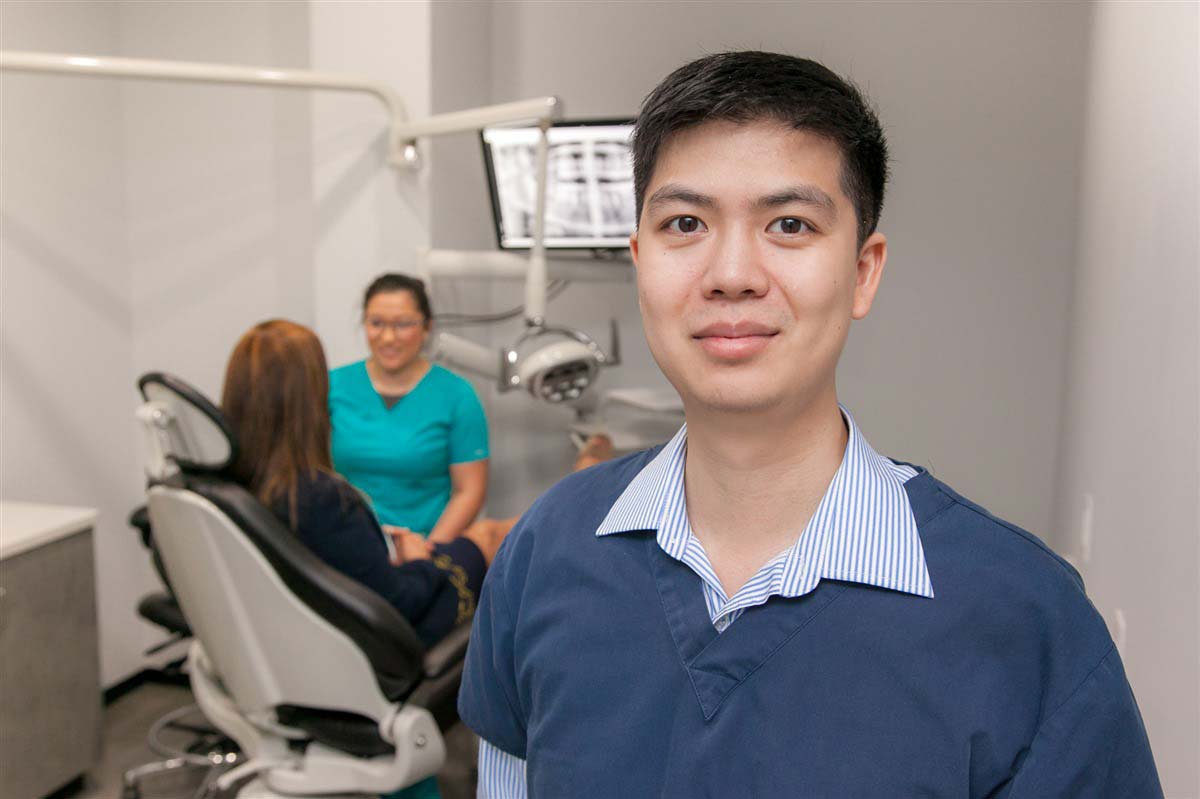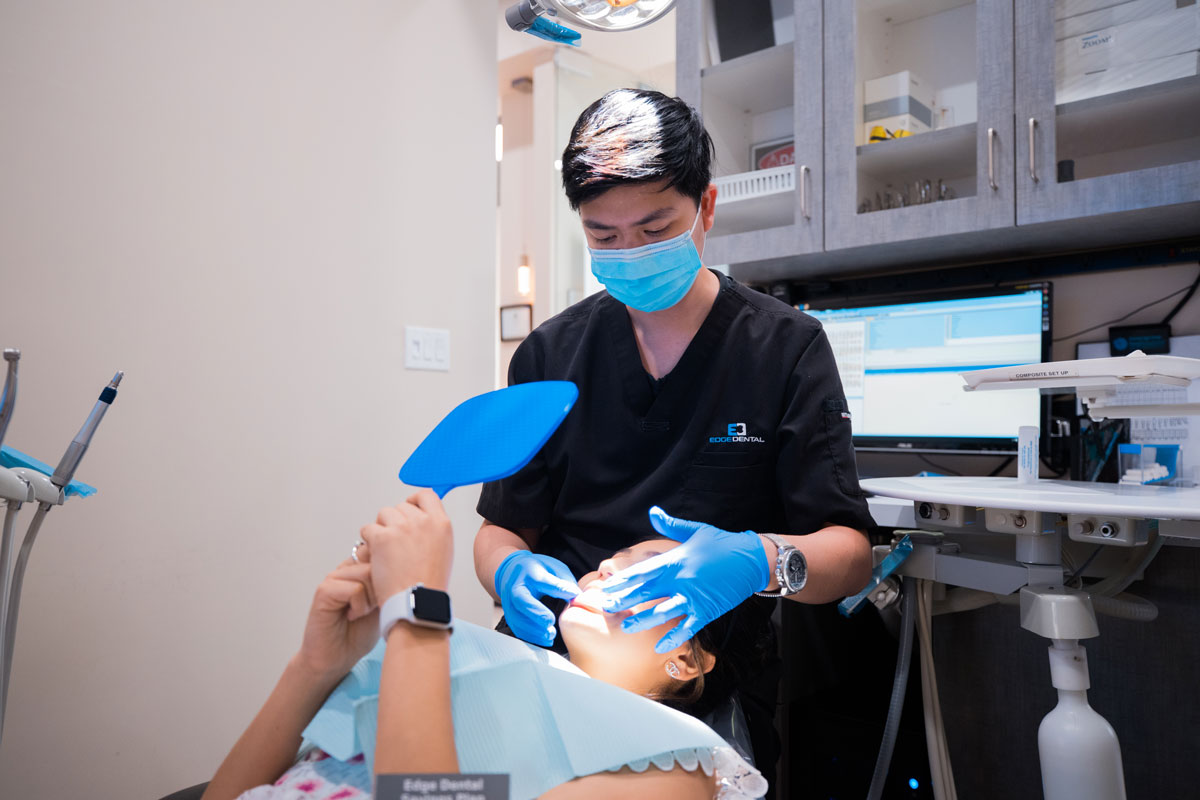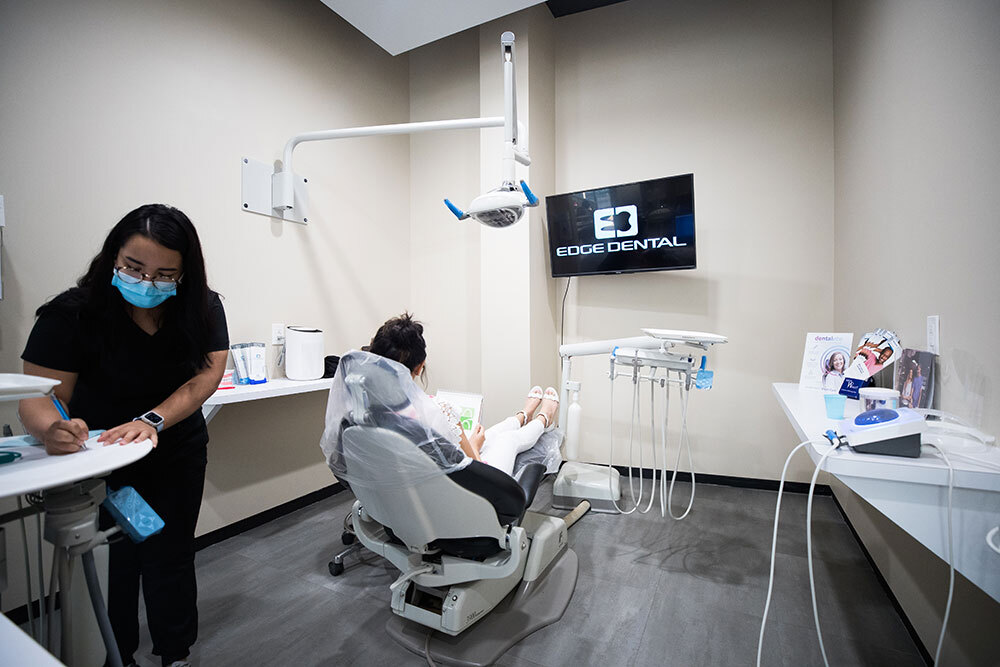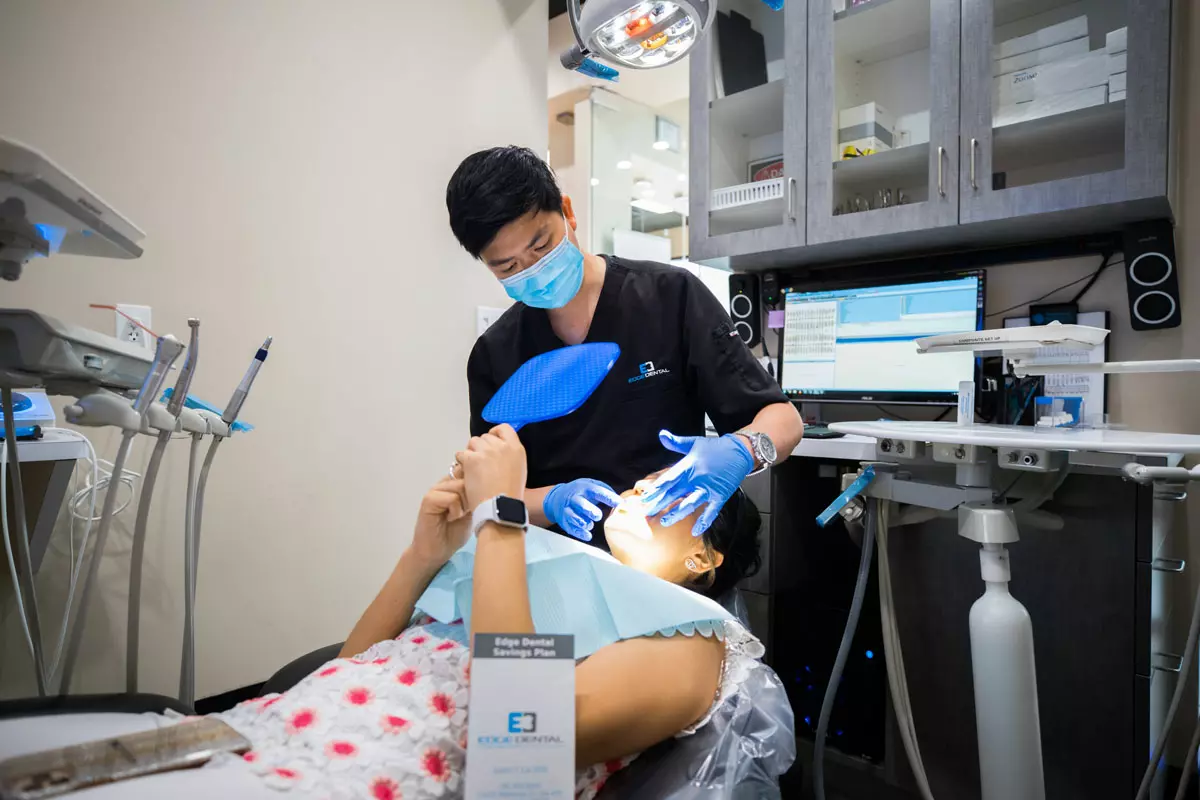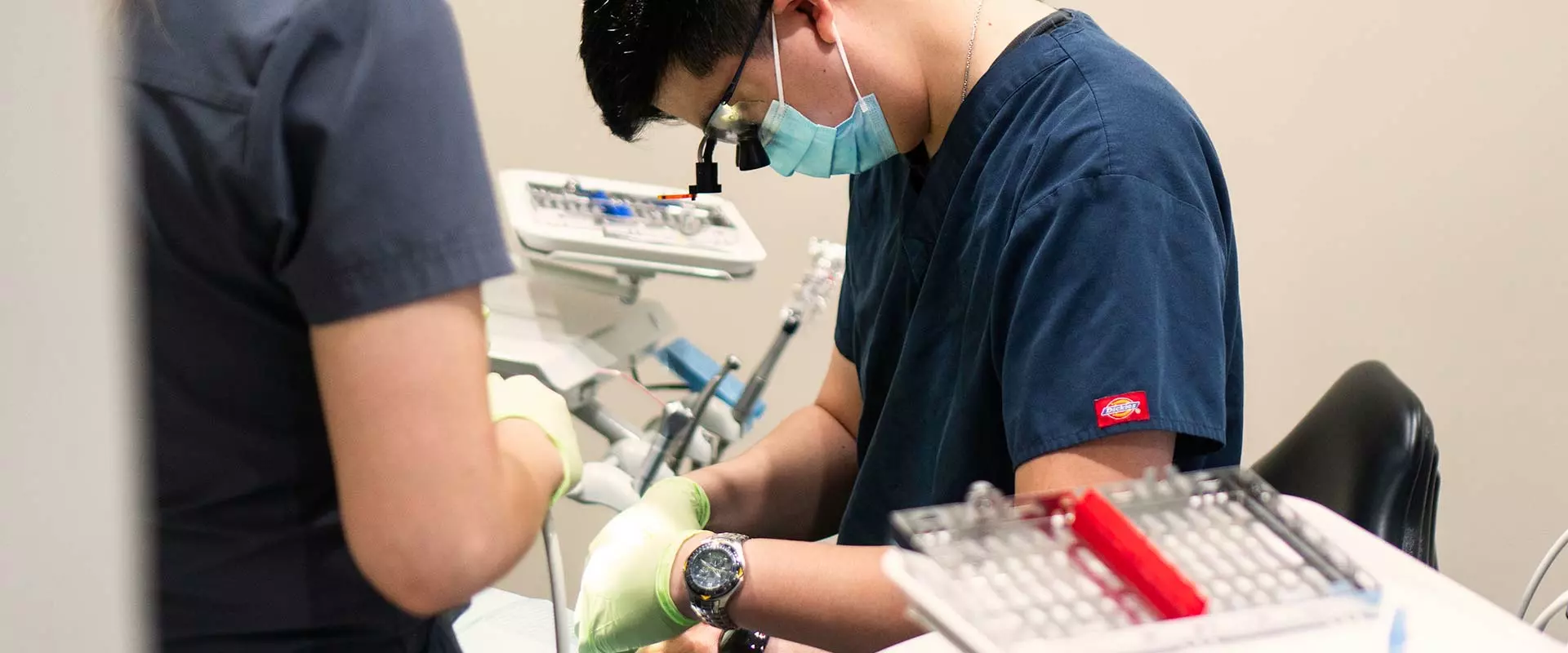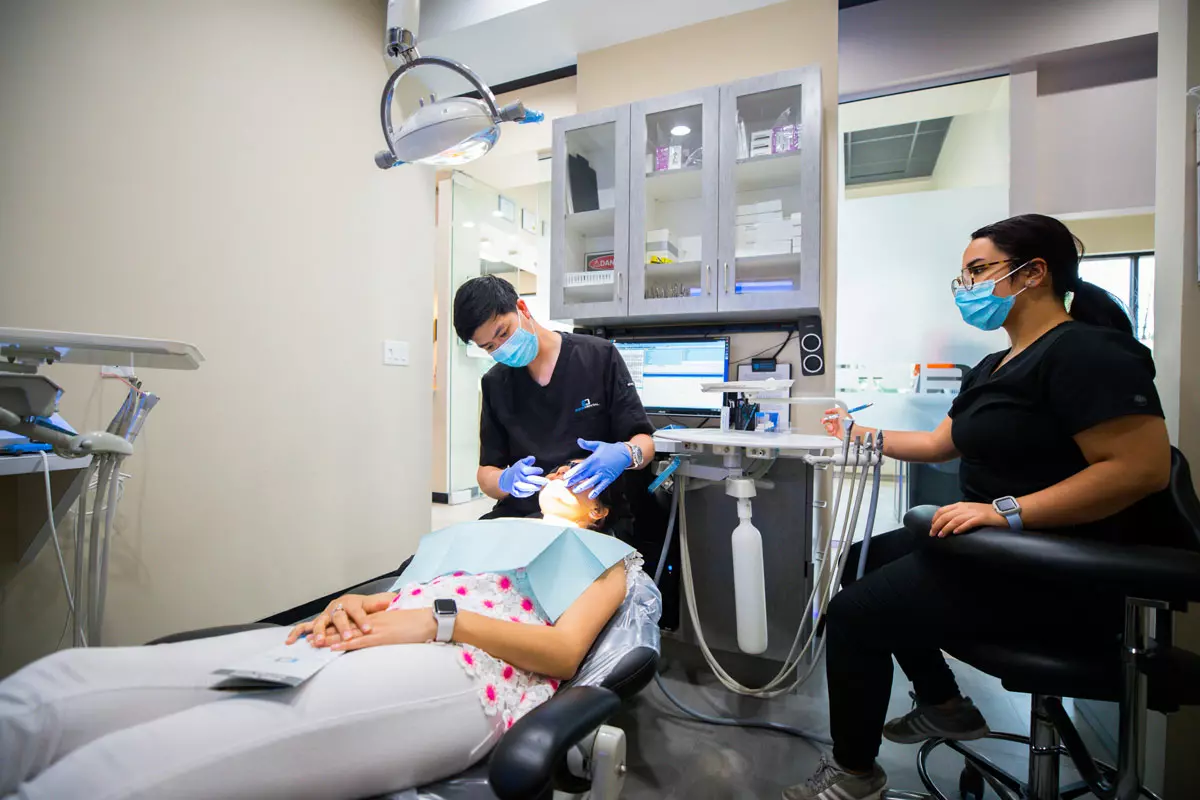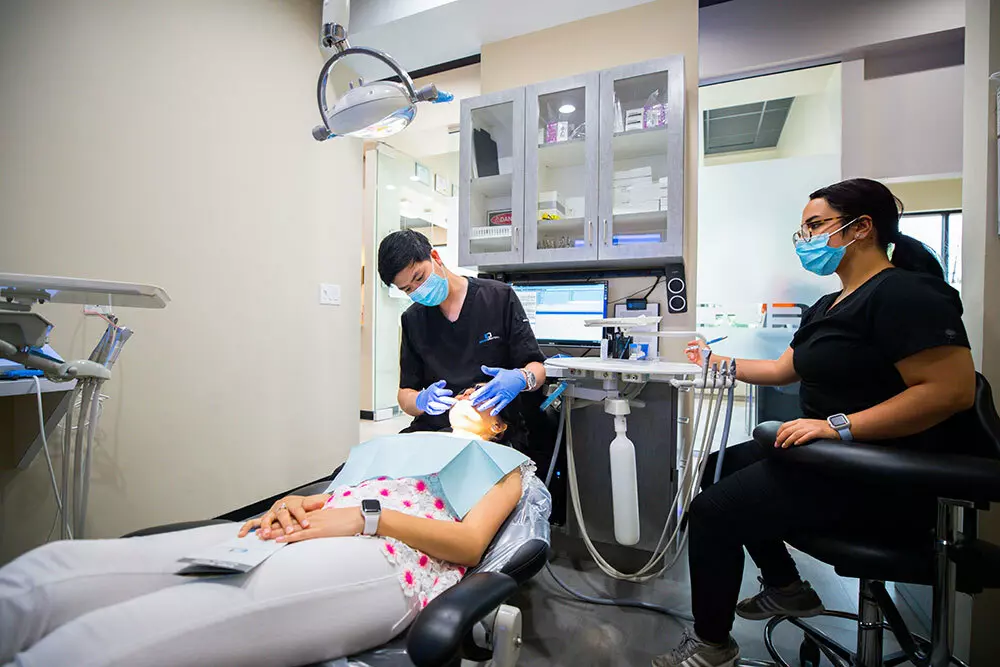What to Expect After a Dental Filling
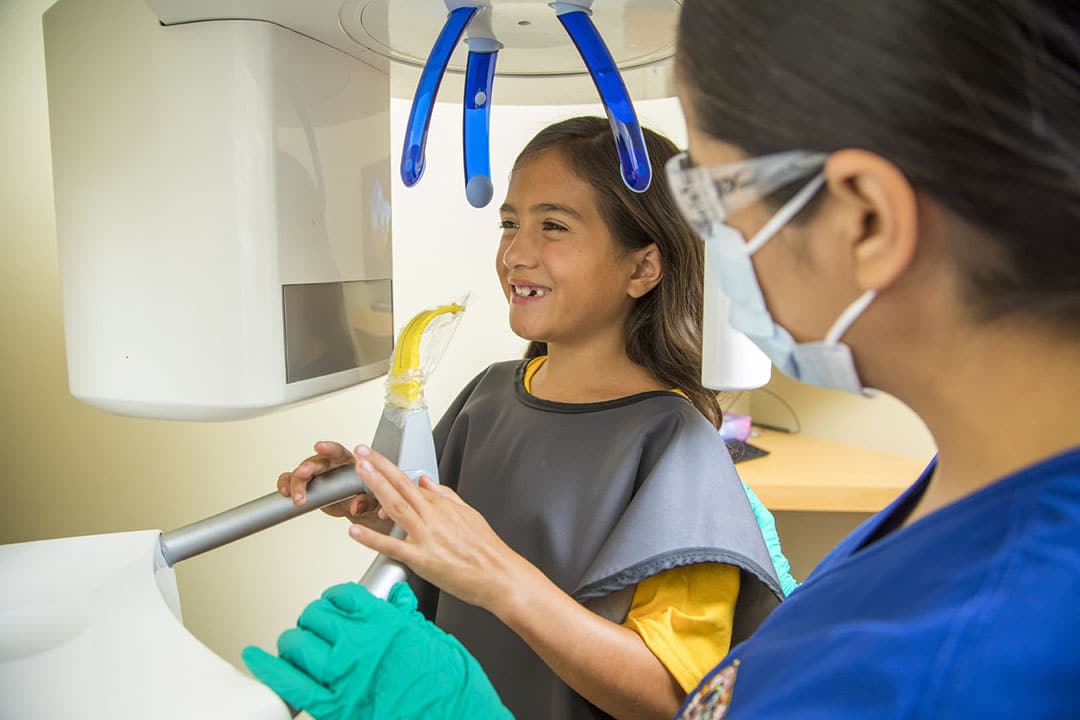
After a dental filling, it’s normal for children to experience some sensations as their teeth adjust to the restoration. Here’s what you should know:
Normal Post-Filling Sensations
- Mild Sensitivity to Hot or Cold:
It’s common for the treated tooth to feel slightly sensitive to temperature changes. This reaction is due to the filling material settling and the tooth’s nerves adapting to the procedure. The sensitivity usually fades within a few days to a week. - Slight Discomfort in the Treated Area:
Minor soreness in the treated area is also normal, especially if the procedure required extensive cleaning of decay. Your child might notice tenderness when chewing or pressure on the filled tooth. This discomfort should subside as the tooth heals and the filling fully sets.
Timeline for Expected Recovery
- First 24-48 Hours:
The initial hours after the procedure might include numbness from the local anesthetic. During this time, it’s important to avoid hard or sticky foods that could dislodge the filling. - Days 2-7:
Sensitivity and mild discomfort should gradually diminish. If your child continues to feel significant sensitivity or discomfort beyond this period, it’s advisable to contact your pediatric dentist for an evaluation. - Beyond 1 Week:
By the end of the first week, most children should be fully adapted to their new dental filling. The tooth should feel normal during chewing and temperature changes.
Signs of Complications After a Dental Filling
Prolonged Sensitivity
It’s normal for sensitivity to hot, cold, or pressure to last a few days after a filling. However, if this sensitivity persists for several weeks or worsens over time, it may indicate a problem.
- Possible Causes:
- Bite Misalignment: The filling might be too high, causing uneven pressure when chewing.
- Filling Material Issues: Some children may react poorly to certain materials used in the filling, such as metal or composite resins.
Severe Pain or Discomfort
While mild discomfort is expected initially, severe or ongoing pain should not be ignored.
- Indicators of a Potential Problem:
- Nerve Irritation: The decay may have been close to the tooth's nerve, causing inflammation.
- Improperly Fitted Filling: If the filling doesn’t fit snugly, it can result in pressure or pain during chewing.
If your child experiences sharp or throbbing pain, consult a pediatric dentist immediately to avoid further complications.
Visible Cracks or Damage to the Filling
Over time, fillings can become damaged due to biting forces or other external factors.
- How to Spot Structural Issues:
- Look for visible cracks, chips, or gaps around the filling.
- Pay attention if your child complains about sharp edges or feels something unusual while chewing.
Damaged fillings can expose the tooth to bacteria, increasing the risk of decay or infection.
Swelling or Infection
Infection is a serious complication that requires immediate attention.
- Warning Signs:
- Swelling or redness around the treated tooth.
- Pus or discharge near the filling.
- Fever or general discomfort.
Persistent Bad Breath or Unpleasant Taste
Unpleasant odors or tastes in the mouth are often linked to bacteria buildup.
- What It Could Mean:
- Decay may have developed beneath the filling.
- An infection might be present, causing an unpleasant taste or smell.
These signs should not be overlooked, as they indicate the need for prompt dental care to address underlying issues.
What to Do If You Notice a Problem
Steps to Take If Your Child Experiences Complications
- Contact a Pediatric Dentist Immediately
If your child shows signs of complications, such as prolonged sensitivity, visible damage to the filling, or swelling, reach out to a trusted pediatric dentist as soon as possible. Prompt professional care ensures the issue is addressed before it worsens.
- Explain your child’s symptoms clearly.
- Schedule an emergency appointment if necessary.
- Follow the dentist’s advice on managing discomfort until the appointment.
- Avoid Hot, Cold, or Sticky Foods
To minimize discomfort and prevent further damage:
- Hot or Cold Foods: Steer clear of extreme temperatures that can exacerbate sensitivity or cause pain.
- Sticky or Chewy Foods: Avoid items like caramel, gum, or sticky candies that can pull at the filling or worsen existing damage.
- Stick to soft, lukewarm foods until your child’s dentist resolves the issue.
Why Early Intervention Is Essential
Acting quickly is vital to avoid further complications, including:
- Preventing Infection: Untreated issues can lead to bacterial buildup under the filling, causing infections that may require antibiotics or additional procedures.
- Preserving the Tooth’s Structure: Addressing complications early can prevent further decay or damage to the tooth, reducing the likelihood of needing more invasive treatments like crowns or extractions.
- Ensuring Your Child’s Comfort: Prompt care can alleviate pain and sensitivity, allowing your child to return to normal activities and enjoy their favorite foods sooner.
Tips for Preventing Complications After a Filling
Proper Post-Treatment Care Instructions
- Avoid Certain Foods for the First 24 Hours
- What to Avoid:
- Hard foods (e.g., nuts, raw vegetables) that could put pressure on the treated tooth.
- Sticky or chewy foods (e.g., caramel, gum) that may dislodge the filling.
- Hot or cold foods that could irritate the treated area, especially if sensitivity is present.
- What to Offer Instead:
Opt for soft, lukewarm foods like mashed potatoes, yogurt, or applesauce to ensure comfort and protect the filling.
- Gentle Brushing Around the Treated Area
- Teach your child to brush gently around the treated tooth, avoiding harsh scrubbing that could irritate the gums or disrupt the filling.
- Use a soft-bristled toothbrush and fluoride toothpaste designed for children to maintain oral hygiene without causing discomfort.
Importance of Routine Follow-Up Visits with a Pediatric Dentist in Las Vegas
- Why Follow-Ups Matter:
Routine check-ups allow your child’s pediatric dentist to:
- Assess how the filling is settling and ensure there are no signs of complications, such as cracks or gaps.
- Monitor the overall health of the treated tooth and surrounding areas.
- Provide additional tips for long-term care to prevent future cavities.
- Frequency of Visits:
Pediatric dentists typically recommend check-ups every six months. However, if your child experiences discomfort or other issues after a filling, schedule a visit sooner to address potential concerns early.



